When it comes to selecting trees to plant it is important to think about all the survival needs that can be met by using trees. Aside from food production, trees can be used to protect your property, building furniture, as wood to fuel a fire, and for medicinal needs.
And since spring is the ideal time of the year to be thinking of this, here are 10 types of trees that will increase your sense of security, but will also come in helpful when you consider meeting the needs described above.
Read the article till the end to get the knowledge of choosing these trees, and to find the hidden gem that will help you boost your homestead and grow an amazing orchard.
Trees for Defense and Protection
When it comes to defensive trees, choose those trees that have symbiotic relationships with vine plants that tend to be problematic for adversaries trying to get into your homestead.
For example, some trees act as at the perfect host for poison ivy and other vines that both people and animals would prefer to stay away from. In these cases, it is not so much the tree that has the defensive properties as the vines or other plants that will grow well around it.
1. Hawthorn
This particular tree makes plenty of thorns that will form a natural fence. If you have young trees, try training the limbs along long lines instead of letting all of them grow upward. You should be able to create a thick, natural fence that will maintain itself, and also create one that is several layers thick for even better protection.
Hawthorn is also well known for lowering blood pressure and preserving heart health.
As with other herbal remedies, use great caution so that you can use this tea safely and effectively. For example, if you are going to use hawthorn to lower blood pressure, you may only be able to take it for a week or two and then stop for a week or two before taking more. During that interim, you may need some other method to keep your blood pressure under control.
2. Locust
If you choose honey locust (the first pic below) instead of black locust (the second pic below) you will have edible pods to consume as well as a naturally thorny tree for protective purposes.
Locust trees are also classified as legumes and nitrogen fixing even though they do not appear to have a symbiotic relationship with soil bacteria for the purpose of holding nitrogen drawn from the air. Locust pods do have a good bit of nitrogen in them and can be used to enrich soil.
Just make sure that the compost is thoroughly broken down so that the seeds do not sprout. You can also use locust for virtually rot proof hardwood. Unfortunately, this tree does not grow as quickly or as large as other trees, so it cannot be relied on for all your woodworking or wood burning needs.
3. Osage Orange
If you live in certain areas, then you may already know that osage orange is known as a natural fence that was grown historically for this purpose. It can deter humans and cattle and also halt soil erosion.
Even though the wood from this tree tends to be full of twists and knots, it does produce a very dense wood that burns well and produces plenty of heat. Wood from this tree can also be used to make fence posts and for other hardwood applications, and it is one of the few trees with wood that is highly resistant to rotting.
Medicinally speaking, osage orange can be used to prevent and treat some cancers as well as fungal infections. It should be noted that osage orange fruit can be consumed in small quantities, however it is likely to cause stomach irritation.
4. American Plum
Even though these trees don’t get very tall, they do produce long branches and also suckers that can create a complex bramble that will act as a deterrent.
Plum trees also produce delicious fruit that can be used to make wine, fruit juice, jellies, jams, and prunes. As you may be aware, both prune juice and prunes work well for constipation.
5. JuJube Tree
This tree can withstand the heat of Africa as easily as it can below zero temperatures in other climates. As such, if you choose to use the Jujube tree as a thorny natural fence tree, it will always do well. There are also many other uses for this tree: the fruit can be used fresh for food, ground for tea, candied, or dried for preservation. Some people also make Jujube fruit into wine and vinegar (for pickling).
There are also many medicinal properties associated with JuJube seeds. This includes sedative, contraceptive, antifungal, anti-anxiety, and immune boosting. Parts of the JuJube tree or fruit can also be used for preventing wound infections and to relieve stomach ulcers.
Trees for Building Materials and Firewood
Being a homesteader means you rely a lot on natural materials when building a steady roof as our ancestors did, and the most fundamental is to use only high quality wood. You need to learn the tricks to pick the right wood for your homestead, otherwise your building efforts are in vain.
1. Cedar
Wood from this tree has a delightful smell that makes it ideal for making furniture, but also for cooking food and especially salmon. You can also use shavings for animal bedding and controlling moths. Cedar also tends to be a good weight wood for carving. Cedar bark is also well known for its use in alleviating symptoms of the common cold and the flu.
2. Pine
Even though pine is a soft wood, this and related trees grow fast, making it ideal for building, firewood, and many other purposes. Pine also produces a resin that can be used for medicinal needs, glue, and roofing.
If you are interested in growing pine trees, remember that it can be difficult to get them to grow from seeds. In some cases, they may only start growing after being digested by birds, while other species may require fire to open the pine cones. You may be best served by starting pine trees from cuttings or digging up young wild trees from areas where they would not survive because the surrounding trees are already too dense.
3. Mulberry
Chances are, you have heard of mulberry wine as well as many other foods made from the fruit of this tree. Mulberry is also a fast growing tree that produces plenty of wood: it can produce more wood per acre than most other trees. Wood from this tree is used mainly for firewood, although it can also be used as biomass for other applications.
White mulberry, an Asian variant, can also be used to treat diabetes and prevent plaque buildup in the arteries. White mulberry is considered an invasive exotic species, so before planting, make sure that it is legal to do so in your area, and that you have enough room to prevent it from spreading out of control.
Also remember that male mulberry trees can cause asthma and other breathing problems when they have pollen. On the other hand, female trees are considered allergy free and can be safely planted from this perspective.
4. Walnut
This tree produces a beautiful hardwood that can be used for furniture, gun stocks, and many other items, including musical instruments and carving. Since walnut trees can reach well over 100 feet in height, their wood is also suitable for flooring and other applications where large, sturdy boards are needed.
You can also consume the “nut” center of the fruit in the form of pies or fresh out of the shell. Walnut fruit is also very useful for making dyes and ink. Aside from this, you can also use the center of a walnut to polish out scratches and blemishes in other pieces of finished wooden furniture.
5. Maple
Aside from producing wood that can be used for furniture and many other needs, maple syrup is also edible. Maple trees also have a number of medicinal properties. For example, use a wash from the leaves to relieve sore eyes. You can also make a tea from the bark to treat bronchitis and kidney infections.
Even though maple bark may not have anti-viral properties, it can still be made into a tea to relieve some symptoms of the common cold. Fallen leaves from maple trees are also excellent for use as garden compost. Not only do the leaves produce large amounts of nutrient dense biomass, they also contain vital nutrients from deep in the soil.
Even though every tree may not grow in your local area, you can still try to plant at least one from every category so that you have a good variety. In many cases, you may even be able to pick up wild seed pods or take cuttings from wild trees as opposed to buying them from a nursery. Regardless of the type that you choose, make sure that they are non-hybrid strains and that you can get both viable seeds and cuttings from the trees.
You can restart each species of tree in your orchard in the post crisis world. All you need to know is knowledge and time to wait for the nature to follow its course.
And now the knowledge is at your hand: CLICK HERE to subscribe to our newsletter, and get our 40 pages free report “How to Grow an Orchard” about planting and growing sturdy trees for your survival orchard!
Later edit: We will soon complete this list with another 10 types of trees that you need for your homestead, and serve other purposes. Stay tuned, subscribe to our newsletter, and check your email for our daily articles!
This article has been written by Carmela Tyrell for Survivopedia.


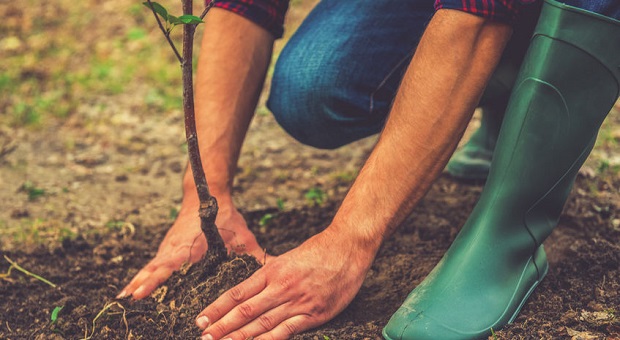
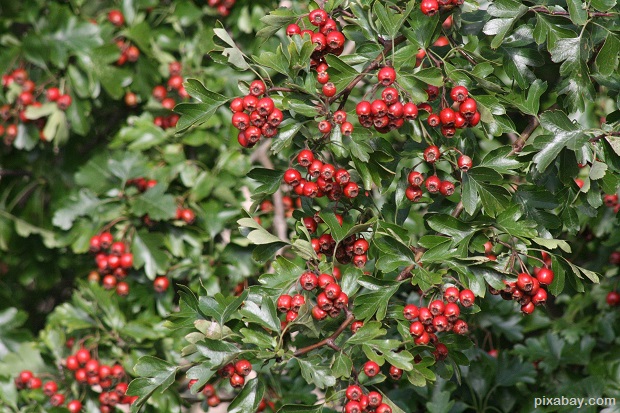
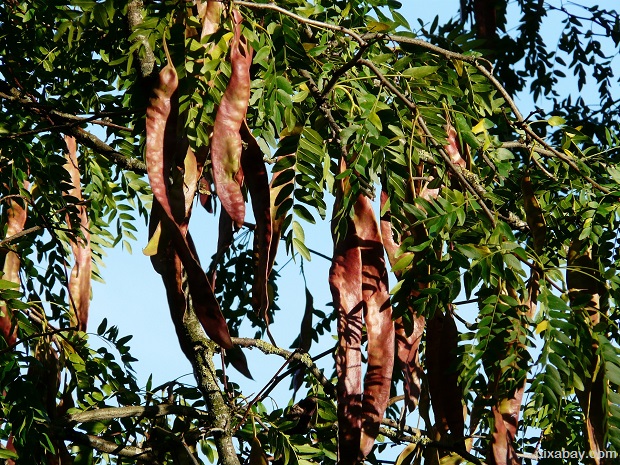
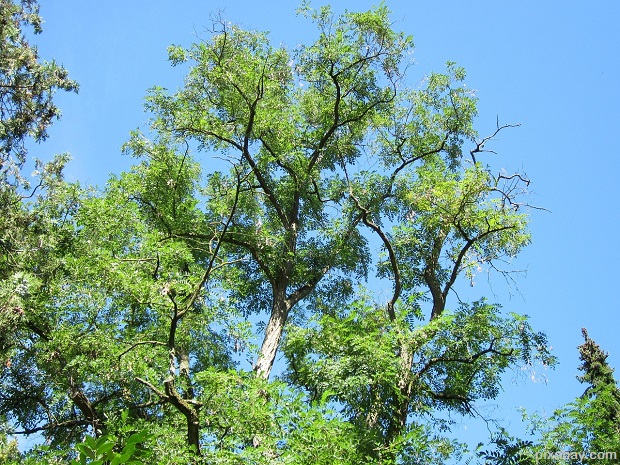
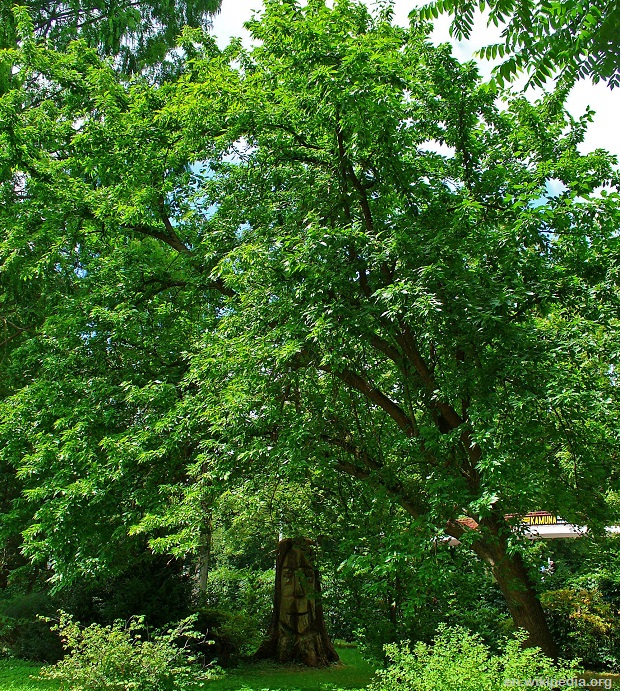
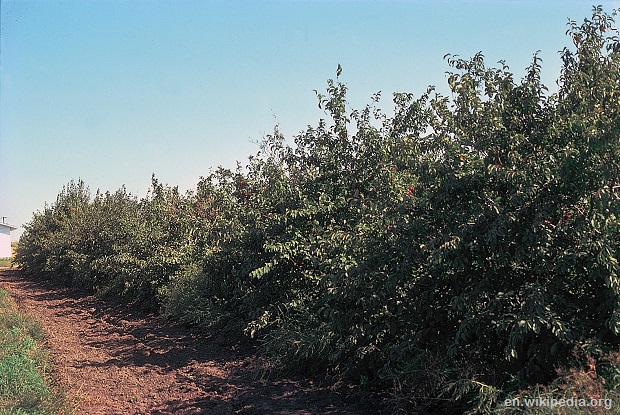
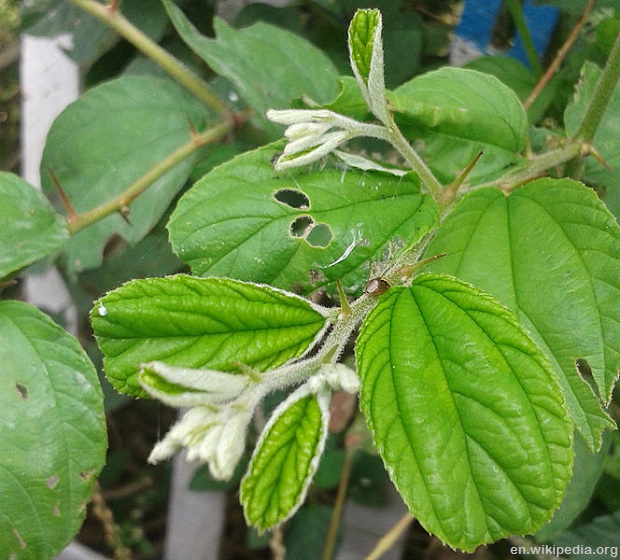

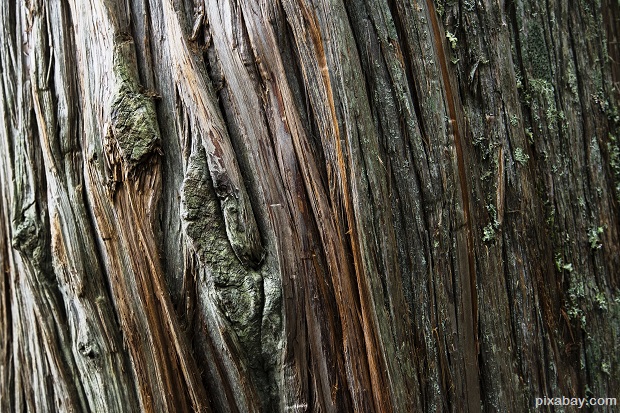
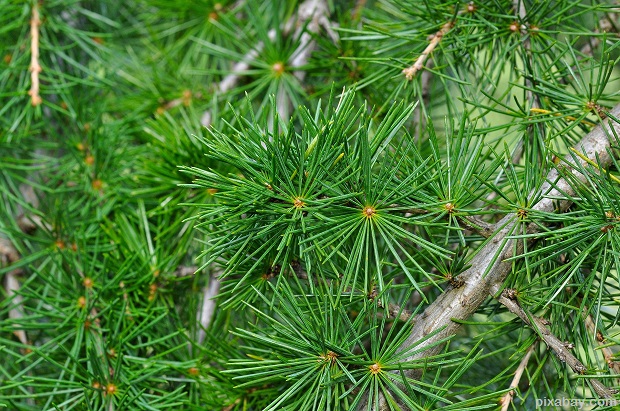
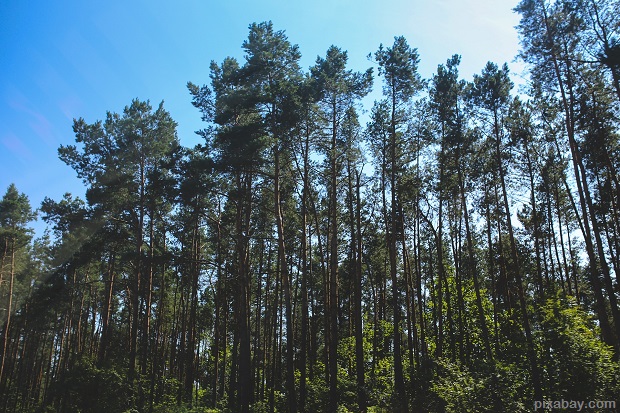
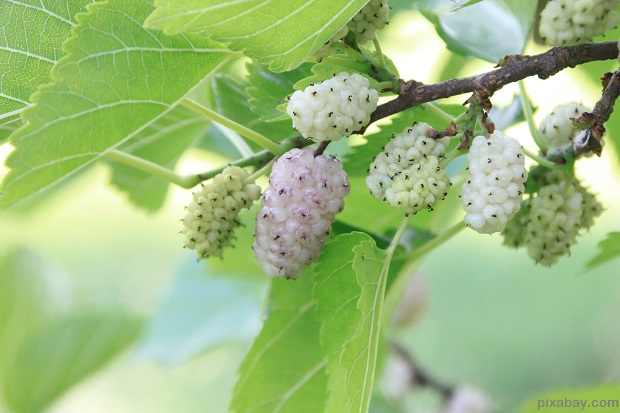
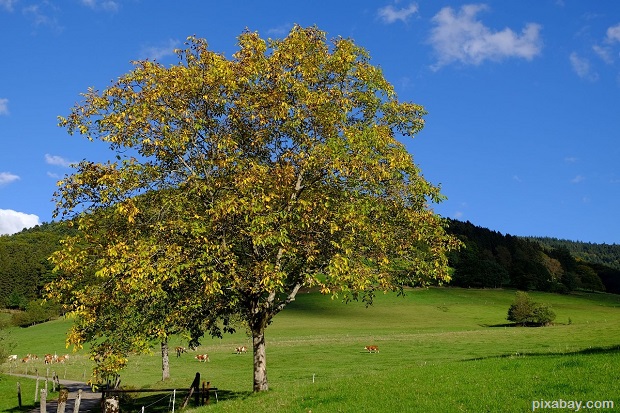
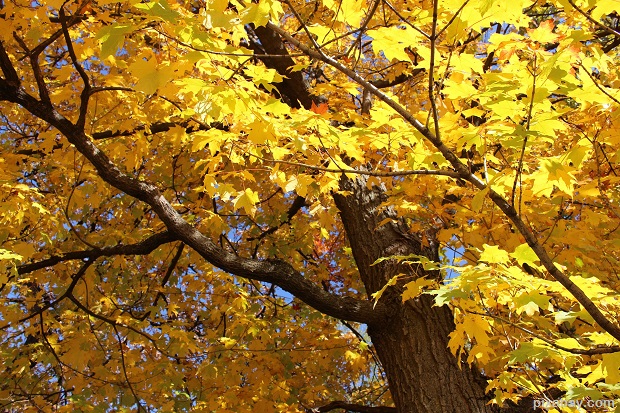



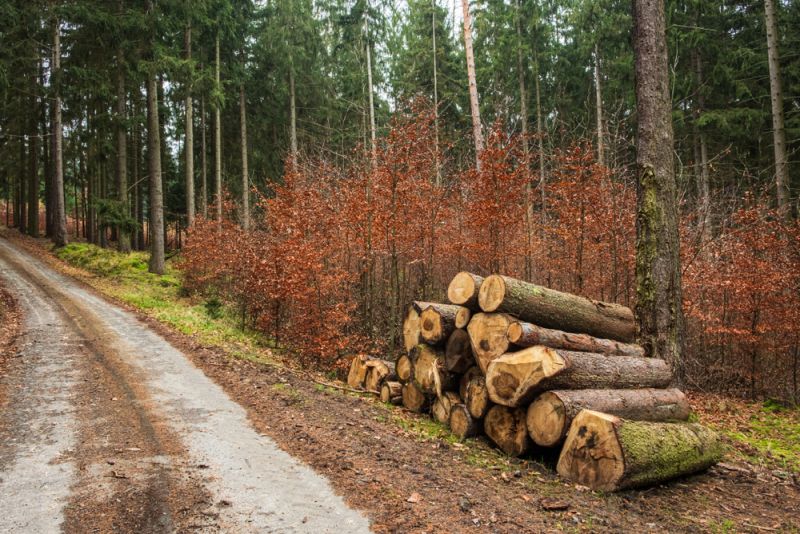


Gordy | March 8, 2016
|
As always I love and appreciate the aricles. I would however caution against using any kind of Pine for firewood unless used outdoors. Pine leaves a nasty reside when burnt in a stove or grill of any type. The soot is flamable- the last thing you need in your house.
Buckshot | March 8, 2016
|
I have used pinon pine, ponderosa pine, sugar pine and white pine for firewood in my homes wood burning stove for nearly 30 years. I have never had an issue with pitch or soot. I have also burned oak, aspen, cedar, birch, almond and fir. Some woods burn cleaner and hotter than others and leave little ash. The key is to always sweep your pipe at least annually or more, if you burn a copious amount of wood. I burn about 6 cords a year.
Barbara Benware | March 10, 2016
|
Buy a chimney sweep at your local hardware store. You should have been cleaning your chimney at least once a year. All wood produces at least some creosote. This is why you season your wood.
Lady B | March 8, 2016
|
I live in western Washington state in the middle of uncountable western red cedar trees. They cast seeds everywhere, the sprouts easily grow on their own & if you pot them (and keep them watered) you will have a five ft. forest in five years. The shredded bark makes great bedding for large dogs. Fleas hate cedar.
Jerry D Young | March 8, 2016
|
I like the list. Very useful trees. I did note that there were no common fruit trees and only one nut tree. And I am not sure if the article was referring to English Walnut or Black Walnut. The tree illustration looks to be English Walnut.
But, as usual, I have a different opinion as to the top ten trees a prepper should grow. Here it is, with an abbreviated explanation as to why each tree is on the list.
1. Apple: Aside from the joy of eating a fresh apple, the fruit stores fairly well, and can be dried or freeze dried easily. Plus, it makes apple cider, and from that, apple cider vinegar. Good stuff. Apples will be a great trade good. Need at least 2 trees suitable for your area to ensure pollination.
2. Honey locust, as in the other list. Close spaced honey locust, with rosa Ragusa roses and thorny blackberry brambles make a great living barrier fence. Plus the pods of the honey locust are edible or can be composted. The roses provide lots of rose hips, and of course, the blackberries are great eating and another trade good.
3. Ash: Some of the best firewood available. And it coppices quite well. A well managed coppicing ash firewood lot will produce one cord of quality firewood per acre per year.
4. Black Walnut: Beautiful tree, great shade (and there are grasses that will grow under it), great furniture and specialty wood, and most of all, the nuts. A bit of a pain to process, but well worth the effort. Great fat content, and taste great. A high value trade good.
5. Pecan/Hickory: Another nut tree. Cannot have too many nuts. Pecan/Hickory nuts are somewhat less difficult to process, and some people prefer them. And the lumber is also great for furniture and fancy wood projects. More trade goods.
6. White Oak: While it makes good firewood and great lumber, you will not want to cut these down. They produce the best acorns for food purposes. Often they do not even need the soaking process to remove the tannin.
7. White Willow: A beautiful tree with medicinal uses. It also makes great charcoal for water filtration and for making black powder. Also good for weaving baskets and such. And it is a classic to make wattle fencing.
8. Elderberry: This is primarily for its medicinal properties. Will not need many of them.
9. Juniper Evergreen: Great Christmas trees (get a live tree each year and plant it after Christmas). And the berries can be used to get cooking yeast.
10. Yellowhorn: A great source of oil for biodiesel. Takes a few trees, of course, but unlike oil crops you have to plant every year, this is plant once and harvest every year. A very conservative estimate is 100 gallons of biodiesel per acre, so you will need some space. But well worth it if you have a larger acreage.
Honorable mention: Wax myrtle for making candles.
There are plenty more useful trees, with some limited as to where they will grow.
I only listed apples for fruit tree, as they are the most useful. But try to have an orchard with whatever fruit trees will grow in your area that you like. I would recommend that you plant full size trees, spaced appropriately, with dwarf/semi-dwarf trees interspersed. By the time the full size trees are in full production, the dwarf/semi-dwarf trees will be reaching the end of their productive life and can be culled.
Just my opinion
biffula | March 8, 2016
|
Not really that good of a list. I wouldn’t waste my time with half these trees. I’d add pecan and some sort of fruit trees if this was a prepper list.
Farmer | March 8, 2016
|
Nicely written, but I don’t thing we have 20 to 40 years left in which to grow mature trees. I grow, but concentrate on those that produce edible fruits within a couple of years … peach, pear, plum, apple, and persimmon. If you need a barrier growth, try bamboo …. it doesn’t take 40 years!
Blake | March 8, 2016
|
Farmer,
When planting trees you’re not planting them for you so much as the next generations. You’ll get some use out of them sure, but how poor a situation would we be in if generations before use didn’t plant the trees they did?
I think the real value of this article is educating people on the value they may already have in their yards and properties. I frequent permaculture boards and never ceased to be amazed by people wondering if they should cut down such-and-such tree (black walnut was a popular one) to free up room for something else. My reply was they should be happy with the 20 year head start nature gifted them with and design the rest of their garden around it.
Pingback:Survival News 03/08/16 | Survival Pulse | Daily Survival & Prepper News | March 9, 2016
|
Teresa | March 9, 2016
|
I urge anyone thinking about planting any of these trees to do a great deal more research. This article did a serious disservice to readers by not pointing out the negatives and some of these trees have SERIOUS negatives. For example, many are invasive. Orange Osage has thorns that will puncture even tractor tires. Black Walnut will kill most fruit/vegetable plants planted in close proximity. Please do a little more reading to avoid having a potential disaster on your hands.
carmela tyrrell | March 10, 2016
|
Teresa,
With regard to Osage Orange – you pointed out precisely why it is one of the best defense perimeter trees. Neither man, nor animal, and just as importantly – machine will have an easy time getting past it.
I also agree that there is a problem worldwide with invasive trees, hence my recommendation to stick with local heritage variants of the trees in the list. There are a total of 20 – so please stay tuned. Some of the trees mentioned by others are also on the list.
Pingback:10 Trees That Any Prepper Should Grow | Survivopedia – deepsouthsurvival22 | March 9, 2016
|
101st Abn Div | March 9, 2016
|
Easy peasy. Forsythia root easily – lined out with 18 inches between come up 4 feet and repeat. In front of those offset burning bush make 3 rows of those with 4 feet in between rows and 4 feet between each bush. Blackberries in front of all that with a 4 ft hedge. Forsythia blooms first and is on back row. Blackberries come in late June eat em all burning bush blaze red in fall. Extremely difficult to get through – cattle won’t even attempt.
Fuskeyfarms | March 13, 2016
|
Good list to a point–It is one that I take as suggestive, so I pick and choose which trees I think would work for me.
I would add Hickory trees for the nuts for animals to eat and then I could eat the animals, if necessary to maintain my food supply. The inside of the nuts could be eaten. It makes excellent firewood and excellent wood to smoke food with. Hickory smoked food is the best, in my opinion.
Pingback:10 Trees A Prepper Needs For Food and Health | Survivopedia | March 14, 2016
|
Pingback:10 Trees A Prepper Needs For Food And Health | Prepper's Survival Homestead | March 14, 2016
|
Pingback:10 Trees A Prepper Needs For Food And Health | | Disasterdefense.us | March 14, 2016
|
Ken | March 15, 2016
|
Cedars are a great tree. Don’t rot easily. Can use to make posts, bridges across creeks. But here in TN where we have an over abundance of cedars, we also can say the same for ticks. Ticks love cedars.
Pingback:9 Things To Know About Choosing Wood For Carpentry | Survivopedia | March 25, 2016
|
Pingback:9 Things To Know About Choosing Wood For Carpentry | Prepper's Survival Homestead | March 25, 2016
|
Pingback:9 Essentials About Choosing Wood For Carpentry | | Disasterdefense.us | March 25, 2016
|
Amay | April 10, 2016
|
Recommending osage orange trees (an invasive) is not green prepping. Suggesting the killing of spiders, which are very beneficial animals, is also contrary to a green world view. I suggest you change your site name for the sake of accuracy.
Pingback:The Easy Way To DIY Rope And Cordage | Prepper's Survival Homestead | April 19, 2016
|
Pingback:This It The Easy Way To Make Ink At Home | Prepper's Survival Homestead | April 24, 2016
|
Pingback:10 Trees A Prepper Needs For Food And Health - Prepper Dome | May 29, 2016
|
Cowgirl | September 20, 2016
|
One thing I’d like to point out with the Black walnut trees (if you’re like our farm and have Any equines) is they are poisionous to equine. Whether it be shavings, leaves or whatnot. It can cause serious damage to them.
Pingback:How To Make Your Own Aspirin For Survival | Survivopedia | February 6, 2017
|
Pingback:10 Ways You Can Make Money On Woodworking | Survivopedia | November 10, 2017
|
jason smith | November 18, 2017
|
Never burn any type of pine or cedar indoors. It leaves a terrible residue on everything. Only burn pine outside. Also do not cook with pine or cedar wood. It crackles a lot and leaves ash on your food. It also leaves the final product with a nasty taste. I would suggest oak and pecan for cooking. It also serves well for burning indoors.
http://knifearmory.ecrater.com/p/29193354/100-handmade-110-inches-dam-as-cus